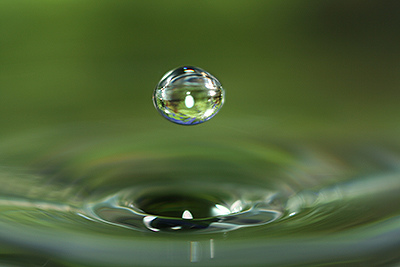STUDY: Lesson Vocabulary
Completion requirements
Lesson Vocabulary


Bioaccumulation: pollutants accumulate in the tissues of organisms and become more concentrated as they are passed up the food chain
Central Utah Project (CUP): federal water management project designed to provide water for the state of Utah
Clean Water Act: federal law that protects our nation's waterways from pollution
Dissolved Oxygen: measure of the amount of oxygen available to aquatic organisms; used to measure an increase in organic and/or nutrient pollution
Eutrophication: a type of pollution where there are excessive nutrients in a body of water
Hydrogen Bond: characteristic that makes water molecules attracted to one another; caused by water's polar nature
Nonpoint Source Pollution: pollution that comes from a diffuse area (e.g. stormwater runoff, agricultural fields)
pH: determines the concentration of hydrogen in the water; a measure of the acidity of a water body
Point Source Pollution: pollution that can comes from one particular source (e.g. factory smokestack, industrial pipeline)
Polar Molecule - one end has a slight negative charge and the other a slight positive charge; water is a polar molecule
Specific Conductivity: a measure of the amount of dissolved solids (salts, minerals) in the water
Specific Heat: refers to the amount of heat required to raise the temperature of 1 gram of a substance by 1 ºC
Surface tension: tightness across the surface of a water body
Turbidity: a measure of the amount of particulates in the water
Universal Solvent: water can dissolve more substances than any other liquid
Turbidity: a measure of the amount of particulates in the water
Universal Solvent: water can dissolve more substances than any other liquid
Last modified: Friday, 21 February 2014, 9:50 AM